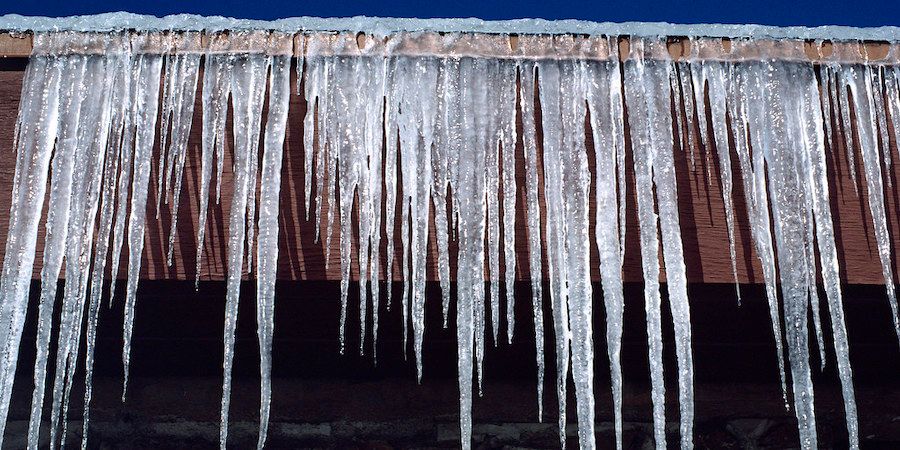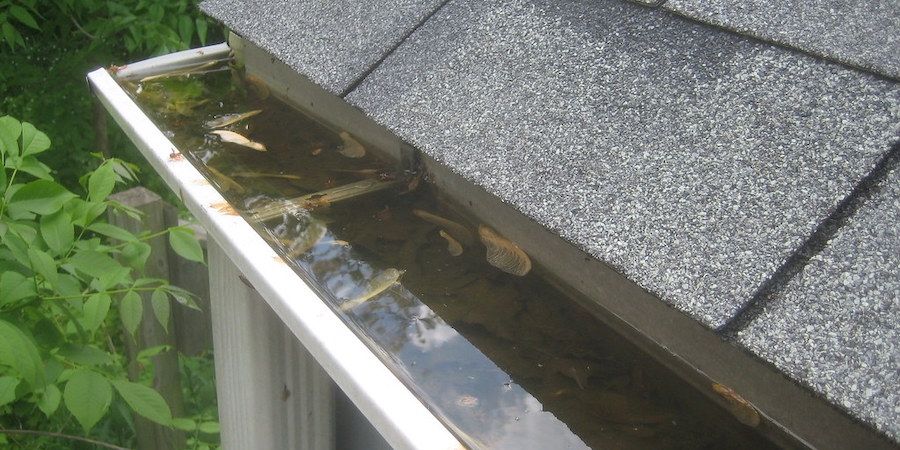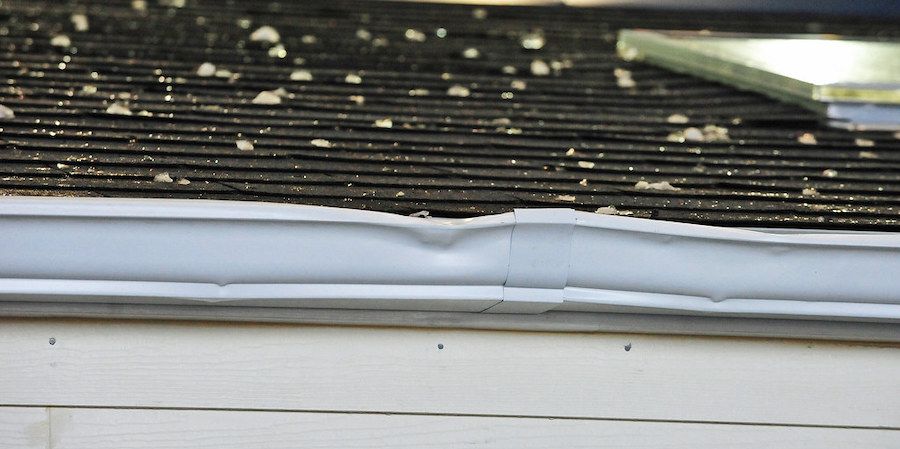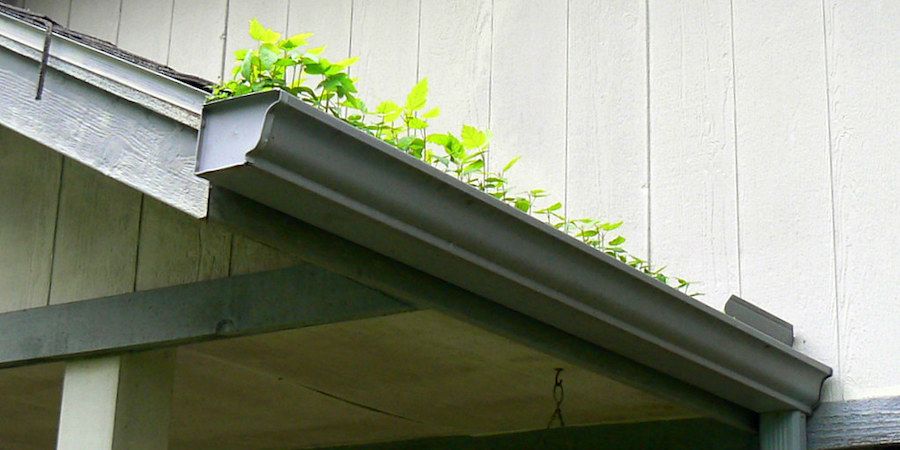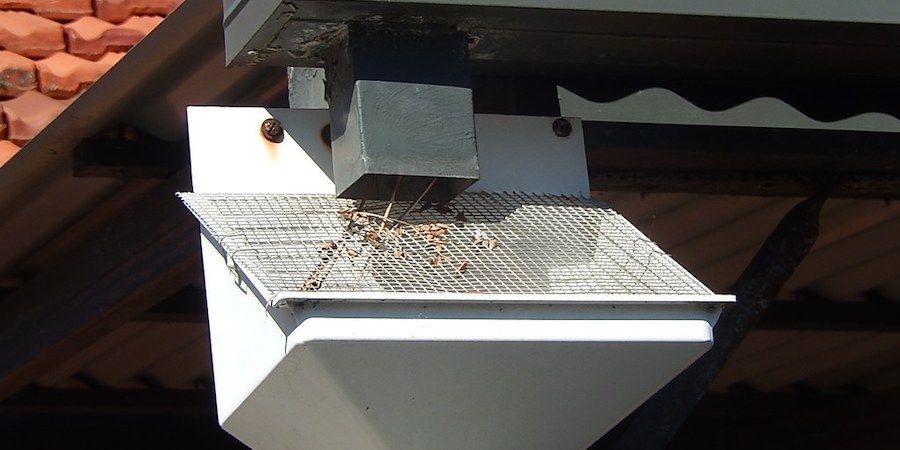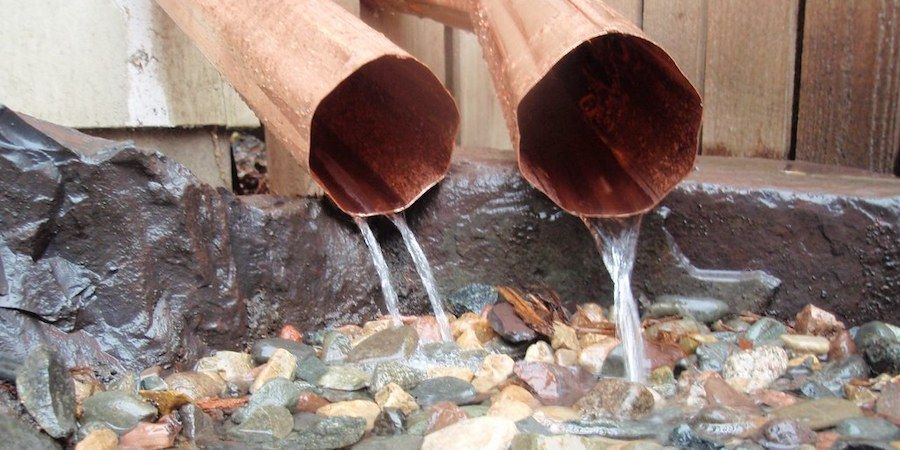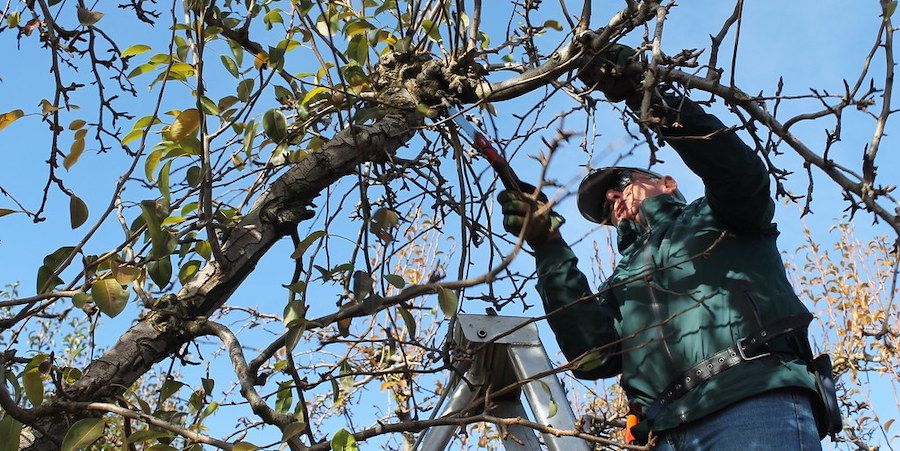With the end of the season ahead of us, now is the time to tackle those maintenance projects to prepare your house for the winter months. With the potential for high amounts of snow and rain, you need to make sure your gutters are ready for winter weather to prevent thousands of dollars of damage to your gutters and potential water damage to your home.
Luckily, this is a relatively easy task that you can do without hiring a professional. Especially if you have Backyard Boss on your team to show you the way. So make sure you read the post below before the cold weather rolls around so that you know how to prep gutters for winter.
Materials Needed
- Garden Hose
- Ladder
- Gutter guards (optional)
- Pipe cleaners
- Downspout extenders
- Cleaning solution (optional)
A Step-By-Step Guide On How To Prepare Your Gutters for Winter
Step One: Clear The Gutters
Image credits: akeg via Creative Commons
The colorful leaves of fall are great, aren’t they? They’re great until they actually fall off the tree, and then they become a bit of a nuisance. Like leaves in your gutters.
Grab your ladder and scoop out any leaf litter that’s accumulated in your gutters. If you live in an area with many deciduous trees nearby, you may have to do this a few times during fall to prevent clogged gutters. The additional weight of snow on your gutters may lead to serious damage, especially if they're blocked with leaves.
When you’re doing the final leaf scoop-out before winter, make sure all the leaves of nearby trees have left the tree and don’t have a chance to clog up your gutters after all your hard work.
All this leaf litter and debris from gutters can be composted or spread out underneath fruit trees as an excellent mulch.
Step Two: Clean The Gutters
Image credits: archer10 (Dennis) via Creative Commons
Once you’re satisfied that your gutters aren’t blocked up with leaves and debris, you can move on to cleaning your gutters. A deep clean is not entirely necessary unless there’s been a serious blockage that’s led to a buildup of debris and assorted gunk.
You may use any multi-purpose cleaner for this job, or you could make your very own homemade gutter cleaning solution. If you have a serious blockage, you may need to get some heavier duty cleaning solutions.
Step Three: Inspect The Gutters
Image credits: State Farm via Creative Commons
Next up, have a close look at all your gutters from all angles. You’re looking for any tears or cracks, holes, loose fixtures, blockages, anything that doesn’t look right. To help with this, you could use a garden hose to run water through your gutters and down your downspouts.
It will make it easier to spot any breakages or blockages in your gutters before it’s too late. An unresolved problem with your gutters could lead to roof damage and costly repairs down the line. You don’t want to be inspecting your gutters while it’s raining. That’s a recipe for a bad fall.
Make sure there are no leaks at the joints of your gutters. It would be a good time to replace any gutter hangers that are loose or broken.
If you discover a blockage in one of your downspouts, you may need to use a long pipe cleaner, a stream of high-pressured water, or chemicals to dissolve the blockage.
Step Four: Inspect End Caps
Image credits: FreeWine via Creative Commons
End caps are the flat pieces of plastic that cap the end of the gutter. It prevents water from overflowing in the wrong place and instead forces the water to drain into your downspouts.
They are vital components in making sure your gutters work correctly, so inspect them closely for any cracks, tears, or loose fixtures. They are under plenty of pressure during a large rain event, so they inevitably start leaking at some point. So it’s a good idea to address the problem before it becomes major.
Step Five: Install A Gutter Guard
Image credits: mikecogh via Creative Commons
A gutter guard is a water-permeable barrier that covers the top of your gutters. The idea is that it allows water while keeping leaves and other debris out. It means you won’t have to clean your gutters as often.
Many companies can install gutter guards for you. Many gutter guards are also DIY friendly, so it’s up to you which option you choose.
Gutter guards come in many different configurations at many different price points. If you want a full breakdown, read our best gutter guard reviews.
Step Six: Extend Your Downspouts
Image credits: Field Outdoor Spaces via Creative Commons
Downspouts are one of the most important elements of your gutter system. They prevent water from splashing up against your house and damaging your walls or foundation.
They can also deposit roof runoff in a safe area, away from access paths and slopes that lead the water towards your house.
In summer, a puddle in the wrong place could be an inconvenience that leads to muddy socks. In winter, that puddle could become a slippery patch of ice that leads to serious injury.
To prevent this, you could extend your downspouts. Doing so means you can deposit that roof runoff directly into the nearest drain. If there are no drains nearby, you can at least deposit the water a safe distance away from your house, where gravity will continue to take the water away from your home or access paths.
Step Seven: Prune Your Trees
Image credits: Apple and Pear Australia Ltd via Creative Commons
To cut down on the leaf buildup in your gutters moving forward, now would be a good time to prune any trees near your house. Any tree that is higher than your eaves can contribute significantly to the leaf build-up on your gutters.
Taking this opportunity to prune your trees is not only easier without leaves in the way, but future-you will be grateful for the extra work you put in this year.
Wrap Up
What do you think about this tutorial? Did it give you the information you need to prepare your gutters for winter?
The main thing with winterizing your gutters is removing any debris buildup and reducing the potential weight on your gutters during a snowstorm. With a little bit of maintenance once a year, your gutters should be keeping your foundation safe and your pathways dry for years to come.
Comment below if you have any questions, or share this post with somebody that needs to clean their gutters.

